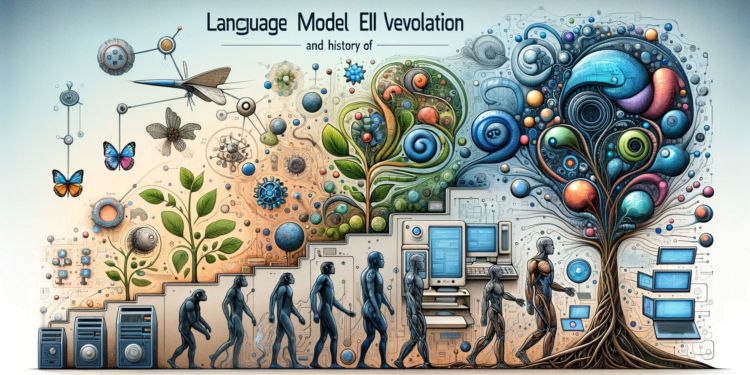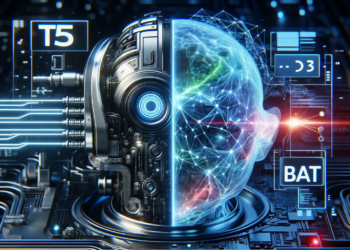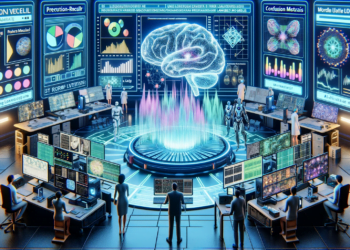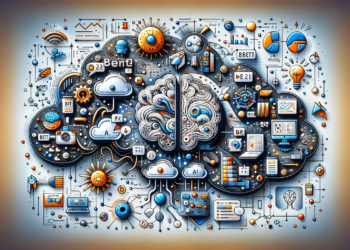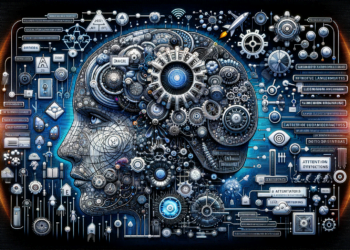From the early symbolic approaches to the current deep learning-based language models, Artificial Intelligence (AI) has undergone a significant evolution in its capacity to understand, interpret, and generate human language. Language models in AI are a cornerstone in the development of advanced cognitive systems, providing more natural interfaces between humans and machines and opening new pathways for automation and data analysis.
Fundamental Theories: The Pillars of Language Models
The history of language models begins with the rule-based and symbolic approaches of the 1950s and ’60s. These methods, which employed generative grammars and formal logic, were grounded in Noam Chomsky’s theory of universal grammar. However, their rigidity and inability to capture the variability of natural language limited their applicability in real-world problems.
Subsequently, statistical models gained traction. For example, Hidden Markov Models and Probabilistic Context-Free Grammars allowed for the modeling of word sequences and their probability of occurrence. Although these models improved performance in natural language processing (NLP) tasks, they still grappled with the limitations imposed by manual feature selection and engineering.
Advances in Machine Learning: The Rise of Neural Language Models
The introduction of Recurrent Neural Networks (RNNs), particularly variants such as Long Short-Term Memory (LSTM) and Gated Recurrent Units (GRU), marked a milestone by enabling models to learn complex temporal dependencies in text data. These models excelled in NLP tasks such as machine translation and speech recognition, but they still faced problems with scalability and difficulties in learning contextual representations at the word or phrase level.
The emergence of Transformers in 2017 with Vaswani et al.’s “Attention Is All You Need” model revolutionized language models by introducing an architecture based on attention mechanisms that allow the network to focus on different parts of the input sequence to enhance the contextual representation of natural language. This paved the way for the development of large-scale, pre-trained models such as BERT (Bidirectional Encoder Representations from Transformers), GPT (Generative Pre-trained Transformer), and their subsequent refinements.
The State of the Art and Its Practical Application
Currently, models like GPT-3 and T5 exhibit extraordinary linguistic capabilities, able to generate coherent and contextually relevant texts. This is due to their approach of pre-training on multiple tasks and the vast amount of training data, which enables them to capture a wide breadth of world knowledge.
These advanced models are being applied in automatic content generation, chatbots, text summarization, high-quality translations, and more. A notable case study involves the deployment of GPT-3 to create chatbots that provide accurate and personalized medical information, improving the accessibility and efficiency of health advice.
Comparative and Convergence: Looking Back
Comparing current models with those from previous decades, there is a clear divergence in complexity and effectiveness. While past models largely depended on manual intervention, models like BERT and GPT-3 autonomously learn through exposure to vast volumes of text.
Additionally, there is a convergence in the use of neural architectures, with the capability of Transformers to integrate with other types of data, such as images and sound, facilitating the development of multimodal models.
Projections and Future Challenges
Looking to the future, evolutions aiming for greater computational energy efficiency and robustness against adversarial attacks are anticipated. Systems that combine symbolic approaches with deep learning, known as Neuro-Symbolic AI, promise to offer improved interpretability and generalization compared to purely data-driven systems.
On the horizon, there is also a recognized need to confront the inherent biases in training data and the ethical implications of automated language generation. For instance, research into bias detection and mitigation in models like BERT and GPT-3 is an active and critical field for the responsible advancement of AI.
Conclusion
The transformations in language models reflect the relentless pursuit of systems capable of understanding and emulating the complexity of human language. With the ongoing expansion of capabilities and applications, these models are not only redefining our interaction with technology but also pushing new frontiers in AI science. The current advances pose fascinating questions and significant challenges that will guide research and innovation in the coming decades.

